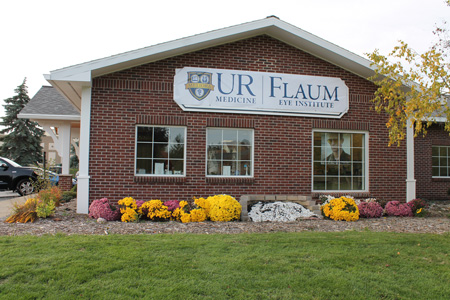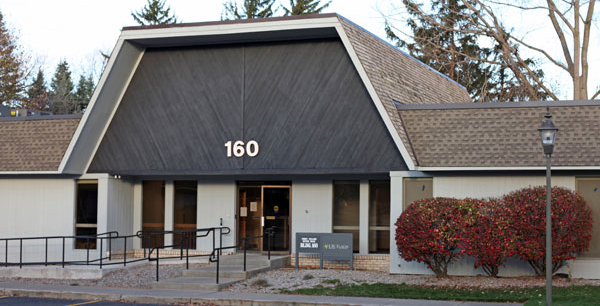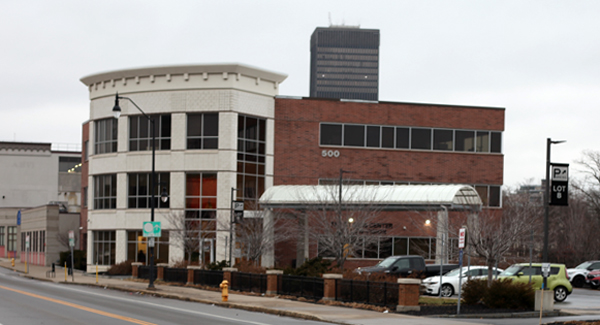Glaucoma
Make Appointments & Get Care
What is Glaucoma?
Glaucoma is a group of eye diseases that can lead to vision loss if not treated. It often involves high eye pressure that damages the optic nerve. Many people don’t notice symptoms in the early stages, so regular eye exams are essential to detect it before vision is affected. Some people are at higher risk, including those with a family history, African Americans, older adults, and people born with congenital glaucoma.
Who’s at Higher Risk?
-
Age over 60
-
Family history of glaucoma
-
African American or Hispanic ethnicity
-
History of steroid medication use
-
Children affected by congenital glaucoma
Early screening—especially for those at higher risk—is vital.
Common Types of Glaucoma
- Acute Angle Closure
- Primary Angle
- Primary Open Angle
- Pseudoexfoliation
- Pigmentary
- Angle Recession
- Neovascular
- Normal Tension
- Pediatric
What are the Symptoms of Glaucoma?
Most people who have glaucoma don't notice any symptoms until they start to gradually lose some of their eyesight. As the optic nerve is damaged by glaucoma, small blind spots may begin to develop. They often affect the side (peripheral) vision.
One type of glaucoma, called acute angle-closure glaucoma, does cause noticeable symptoms. This is because there is a quick buildup of pressure in the eye. Symptoms may be a bit different for each person. Symptoms may include:
Blurred or narrowed field of vision
Severe eye pain
Halos or “rainbows” around lights
Upset stomach (nausea)
Vomiting
Headache
The symptoms of acute angle-closure glaucoma may seem like other eye problems. This type of glaucoma is considered a medical emergency. Get medical care right away if you notice these symptoms.
UR Medicine's Treatments for Glaucoma
At UR Medicine’s Flaum Eye Institute, we conduct a series of painless tests and exams to check for glaucoma.
Diagnosis & Regular Eye Exams
Glaucoma rarely causes symptoms in the early stages, which is why regular eye exams are crucial. Your exam may include:
Measuring eye pressure (tonometry)
Visual field testing (peripheral vision)
Optic nerve imaging and retinal scanning
Pupil dilation and optic nerve evaluation
These tests help detect damage before you notice symptoms.
Treatment
While glaucoma can’t be cured, early diagnosis and treatment can protect your vision. We offer advanced, personalized care:
Prescription Eye Drops (Most Common Treatment)
Eye drops are usually the first line of defense to try to lower pressure.
Laser Therapy
Options like selective laser trabeculoplasty (SLT) may help improve fluid drainage.
Surgery & Drainage Devices
In more advanced or resistant cases—including congenital glaucoma—we may recommend surgical solutions such as drainage tube implants or minimally invasive glaucoma surgery (MIGS).
What Sets Us Apart?
Expert care: Our fellowship-trained glaucoma specialists—experienced in both medical and surgical management of glaucoma—use state-of-the-art technology and the latest scientific discoveries to guide treatment.
Advanced diagnostics: From Heidelberg retinal tomography to computerized visual field testing and optic nerve imaging, we offer comprehensive, accurate diagnostics.
Patient-centered and research-driven: As a top United States eye research center with ongoing NIH-funded glaucoma research programs and National Clinical Trials, your care is informed by the most up-to-date science.
Convenient locations: We perform screenings and treatments across six regional facilities, including Strong Memorial Hospital and outpatient centers in Brighton, Batavia, Rochester, Pittsford, and Geneseo.
Locations
View All LocationsWe serve you in the Rochester metropolitan area and surrounding region.
View All Locations6 locations
Strong Memorial Hospital
210 Crittenden Boulevard
Rochester, NY 14642
Clinton Crossings
1701 Lac De Ville Boulevard
Rochester, NY 14618
45 Liberty Street, Suite 3
Batavia, NY 14020
Tobey Village Office Park
160 Office Parkway
Pittsford, NY 14534
500 South Clinton Avenue, Suite 104
Rochester, NY 14620
48 East South Street, Suite 200
Geneseo, NY 14454




